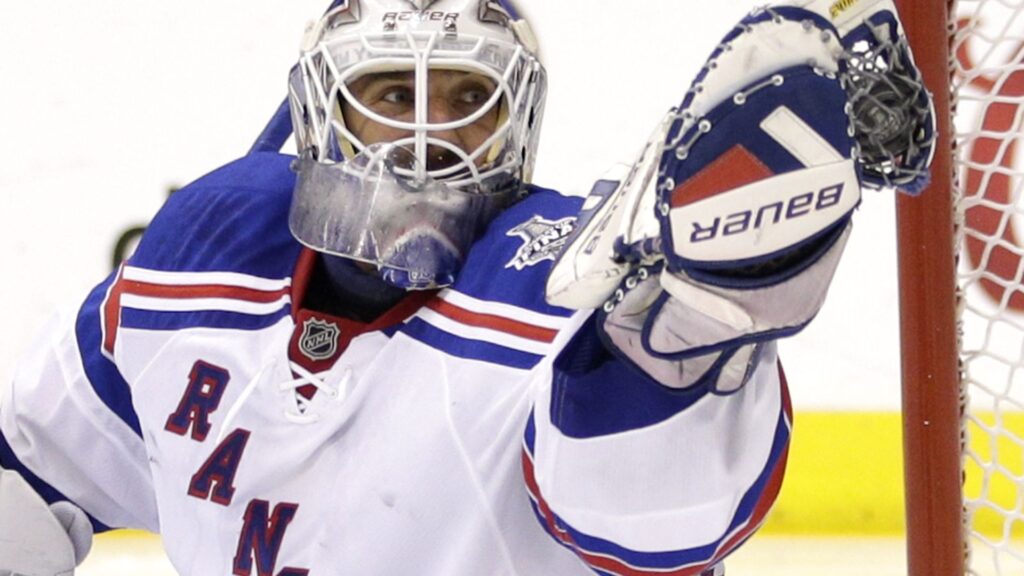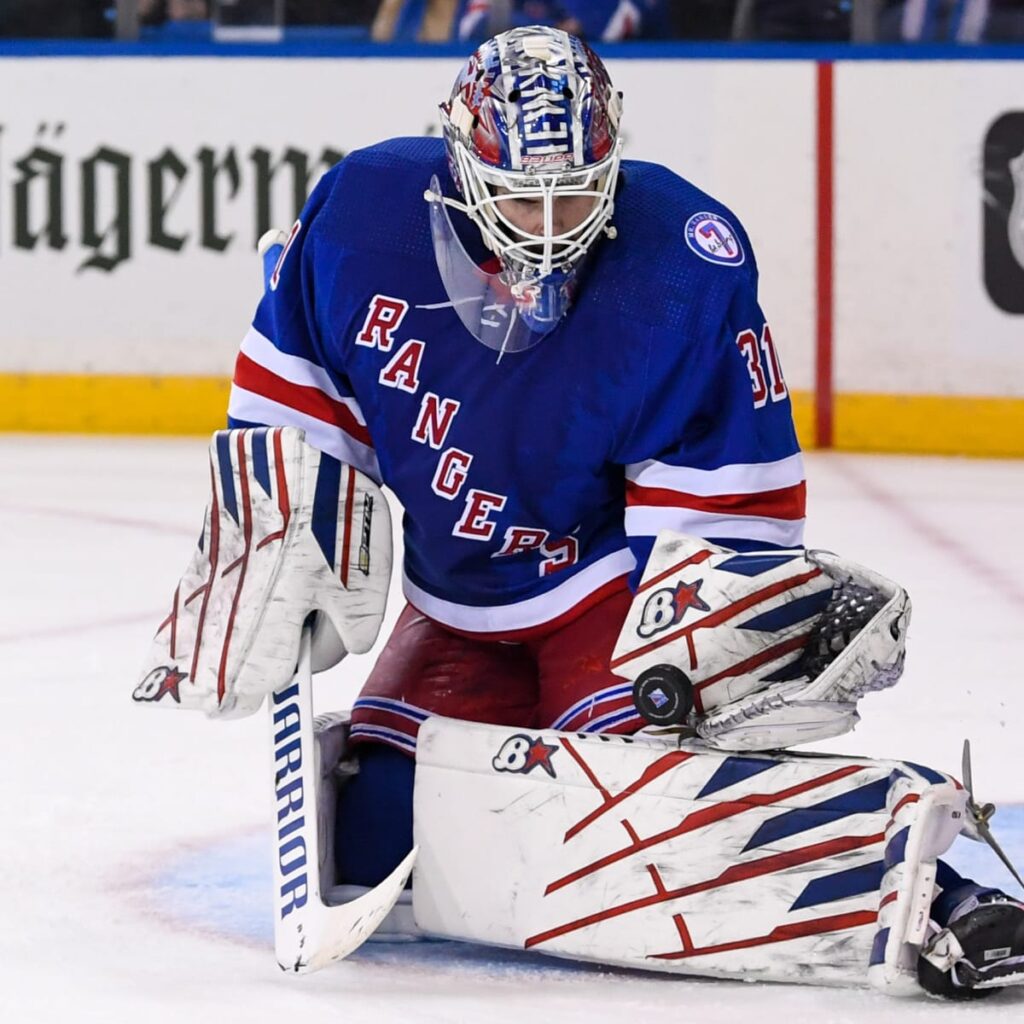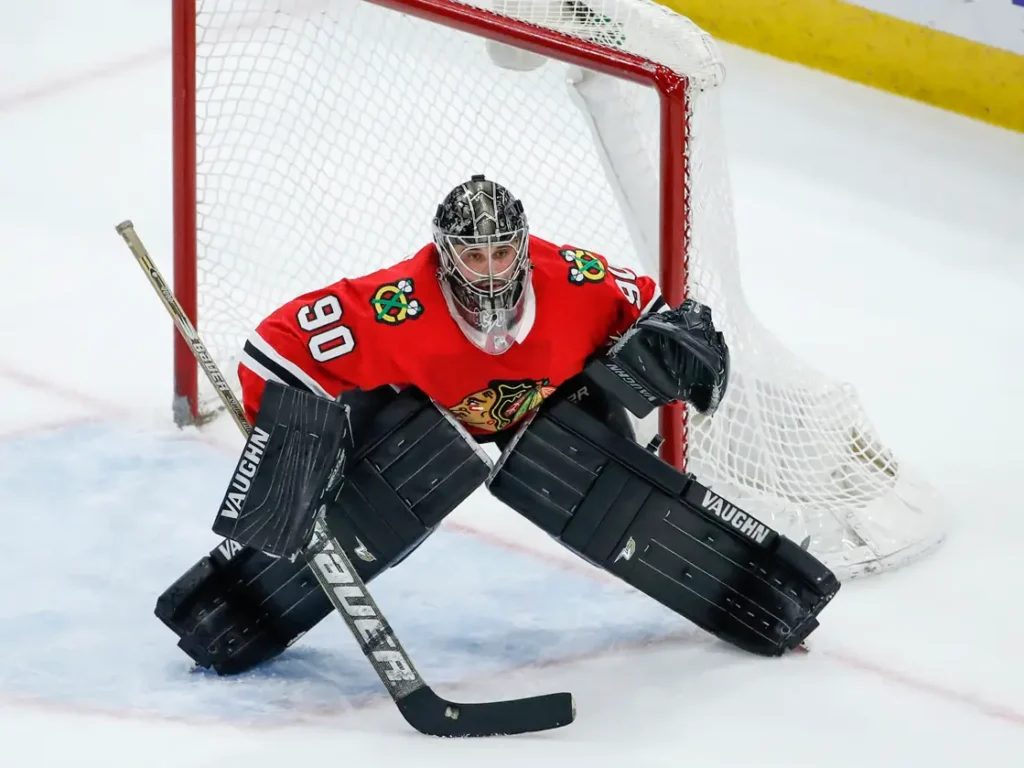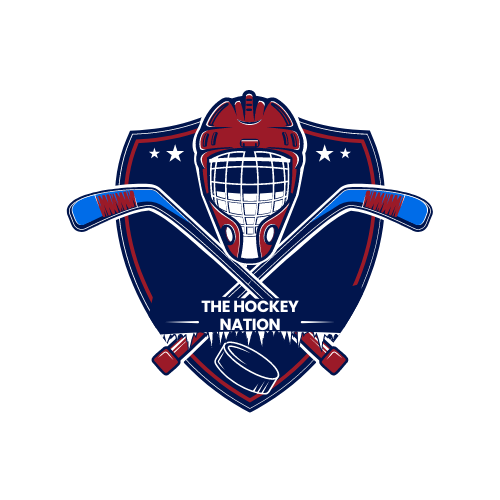Hockey is renowned for its intense physical demands and high skill level required, making it one of the more challenging sports to excel in. This sentiment is echoed by none other than Hall of Famer and current Maple Leafs President Brendan Shanahan, who once described the multifaceted challenges of the game in a compelling quote:
Is hockey hard? I don’t know, you tell me. We need to have the strength and power of a football player, the stamina of a marathon runner, and the concentration of a brain surgeon. But we need to put all this together while moving at high speeds on a cold and slippery surface while 5 other guys use clubs to try and kill us. Oh yeah, did I mention that this whole time we’re standing on blades 1/8 of an inch thick? Is ice hockey hard? I don’t know, you tell me. Next question.
Shanahan’s quote brilliantly encapsulates the essence of hockey, highlighting not only the physical prowess needed but also the mental sharpness and extraordinary circumstances under which the sport is played. The players navigate the rink at breakneck speeds, executing plays and making split-second decisions, all while maintaining balance on thin metal blades and avoiding the opposition’s aggressive attempts to stop them.

But within the realm of hockey, several positions contribute to the game’s dynamics – center, winger, defensemen, and goalie. Each role comes with its unique challenges and skill sets, but the question arises – which position is the hardest to master?
The consensus among many hockey professionals and enthusiasts is that the goalie position is the most challenging. Not only does it take the longest to learn due to the unique skills and techniques involved, but it is also mentally taxing. Goalies must maintain a high level of concentration throughout the game, as any lapse could result in conceding a goal. Physically, it’s demanding; goalies wear heavy equipment, must possess excellent reflexes, and often face shots hurtling towards them at high speeds. Additionally, the outcome of many games can hinge on a goalie’s performance, adding an extra layer of pressure. The role of the goalie is indeed a crucible of mental, physical, and technical demands, often standing as the linchpin in determining whether a team tastes victory or defeat.
Goalie takes the longest time to develop the necessary skill set
When a player is drafted into the NHL at the tender age of 18, the odds of him playing in the league the following season are slim. Typically, between 6 to 12 players manage to hit the ice in their first eligible season, yet the majority will require additional years to hone their skills and develop physically.
Among those few who debut in their first year, the lineup is predominantly composed of forwards, with a sprinkle of defensemen making the cut. The rest of the pack, both forwards and defensemen, gradually make their way into the NHL over the ensuing two to three years, completing their transition with added maturity and experience.

But the path for goaltenders is even more nebulous. The roadmap for a goalie’s development is notoriously difficult to chart — essentially, it’s a long journey. Goalies often don’t secure their spot in the NHL until their mid-twenties, meaning a daunting 6-8 years might pass from draft day to their first NHL game. Predicting a goalie’s future success is a daunting task; scouting a 17-year-old and forecasting their performance at 25 is riddled with uncertainties.
Consequently, during the NHL draft, goaltenders are typically overlooked in the first round, saved instead for later selections. It’s a rarity to witness a goalie being picked in the initial round, though there are notable exceptions like Marc-Andre Fleury, Carey Price, and Andrie Vasilevskiy, who were all first-round picks.
Far more common is the scenario where a goalie is chosen in the later rounds of the draft, or even emerging from Europe as a free agent. This pathway has led to the rise of many top-tier goalies who were selected much later in the draft process, such as Ben Bishop, Pekka Rinne, Henrik Lundqvist, Darcy Keumper, and Sergei Bobrovsky, who astonishingly went undrafted, and Braden Holtby.
This trend of star goalies being drafted late doesn’t diminish their value or suggest they are lesser players compared to their teammates. Instead, it highlights the unpredictable nature of developing goaltenders and the intricate complexities of mastering the position. It underscores the reality that goalkeepers need significantly more time to evolve their game and adapt to playing at the highest level, much more so than players in other positions.
The challenges in mastering the goalie position stem from several factors. Firstly, the mental fortitude required to be a successful goalie is immense. A goalie must have unwavering concentration, the ability to rebound from mistakes immediately, and the resilience to withstand the pressure of being the last line of defense. Physically, goalies must exhibit exceptional reflexes, agility, and the strength to maintain challenging postures. Moreover, the technical skills required, from puck handling to positioning, demand years of practice and refinement. These elements combine to make the goalie position not only one of the most critical spots on the team but also the most challenging to learn and perfect.
Goalies require intense mental concentration and intelligence
The skill and intelligence required for a goalie to excel in the NHL are remarkably high. To perform effectively, goalies must possess not only exceptional reflexes and reaction times but also maintain top physical condition, showcasing remarkable agility. However, beyond these physical attributes, a goalie’s ability to read the game is crucial, and this aspect often demands a considerable amount of time to develop.
A goalie’s skill set includes the ability to anticipate plays – predicting where a player will pass the puck, discerning the nuances of how the puck is shot from the stick, and understanding how a play is unfolding. These capabilities are critical for a goalie to position themselves effectively to block the puck.
Positioning is a fundamental aspect of goaltending. Given the high velocity at which the puck is shot, it would be both extremely difficult and imprudent to rely solely on reflexes. This underlines the importance of the goalie being in the right position so that the puck hits them, eliminating the need for a reflexive save.
Achieving the correct position requires the goalie to be adept at reading and anticipating the game. A goalie who overplays a shot risks being out of position, just as a goalie who reacts too slowly to a play. The art of knowing where to be in the crease to effectively cut off angles and stop shots is honed over years of practice, long before a goalie can manage the fast pace of play at the NHL level.
In addition to these skills, mental fortitude is a key attribute of a successful goalie. The pressure of being the last line of defense requires a goalie to maintain focus and composure under intense pressure. This mental resilience, combined with physical agility, reflexes, and the intellectual capacity to read the game, makes goaltending one of the most challenging positions in hockey. This complexity and the extensive training required to develop these skills and attributes underscore why reaching the NHL level is such a formidable achievement for a goaltender.
Goalie is more physically taxing than other positions
If an NHL forward or defensemen is in good health, it’s standard for them to participate, if possible, in all 82 regular-season games. This showcases their durability and commitment to the team’s success throughout the grueling NHL season.
However, the scenario is quite different for NHL goaltenders. It’s virtually impossible for a goalie to play in all 82 games. The physical demands of the position are simply too strenuous. For the most part, a top-tier goalie will appear in about 60-65 games each year. This is a testament to the intense physical and mental endurance required to guard the net effectively.
Reflecting on the past, even about 5 to 10 years ago, it wasn’t uncommon for a goaltender to play up to 70 games in a season. For instance, Carey Price, during the 2010-2011 season, played an impressive 72 games, while Henrik Lundqvist consistently played 70 games or more from 2006 to 2010. However, recent trends have shifted, and it has become increasingly rare for a premier goalie to play more than 65 games in a regular season.
The primary reason for this limitation stems from the nature of the goaltender’s role. Unlike other players, the goalie is on the ice for the entirety of the game, with the only respite coming during the intermissions. While they may not be constantly moving up and down the ice, the act of wearing heavy equipment and facing a barrage of shots is incredibly draining, both physically and mentally.
Another pivotal reason for reducing a goalie’s game time is strategic preparation for the playoffs. Historical data suggests that most goalies who have led their teams to win the Stanley Cup have played fewer than 60 games during the regular season. Overplaying a goalie in the regular season can lead to diminished performance during the playoffs. The quandary here is managing their energy levels so that they peak at the right time, avoiding burnout when the games matter most.
Consequently, NHL teams have adopted more strategic approaches to goalie management during the regular season, ensuring their top goaltenders are well-rested and primed for the demanding playoff schedule.
Additionally, it has become a common strategy to avoid playing a goaltender on back-to-back nights. Throughout the season, NHL teams often face about a dozen sets of consecutive games. In nearly all these instances, teams opt to rotate their goaltenders, recognizing the significant challenge of maintaining high performance levels without adequate rest. Typically, the starting goaltender will play the first game, while the backup goaltender steps in for the second, despite often facing the disadvantage of a wearier team in front of them.
This careful management and rotation strategy underscores the critical importance of goaltenders in the pursuit of NHL success, balancing the need for their exceptional skills in net with the physical realities of the demanding hockey season.
No Off Games: When A Goalie Has A Bad Game You Lose

Being a goalie is arguably one of the most challenging roles in sports because there’s very little margin for error and absolutely no room for an off game. Unlike other positions where a mistake might not be immediately noticeable, if you’re having a bad day in net, it’s painfully obvious to everyone in the arena, and the consequences directly impact the game’s outcome. A goalie’s performance can mean the difference between a win and a loss for the team.
This doesn’t imply that a goalie needs to deliver a flawless performance every single game. Teams can and do win with goaltending that might only be considered average. However, a poor performance from a goalie almost guarantees a loss for the team. At the NHL level, where competition is fierce and games are incredibly close, a single soft goal can often decide the game’s fate, highlighting the slim margin for error goalies face.
The unique pressure faced by goalies doesn’t apply to any other position in hockey. For instance, if you’re the team’s leading scorer and have an off night, there are other players who can step up and fill the scoring void. Similarly, if a player is struggling defensively, there are teammates on the ice, including the goalie, who can help mitigate the damage.
However, if a goalie is performing poorly, there’s no one else who can step in and stop the puck. The end result is usually a significant number of goals against and, ultimately, a loss for the team. This level of responsibility and pressure is immense, making the role of the goalie not just physically demanding but mentally exhausting as well. Now, consider the weight of that pressure and the mental toughness required to stand between the pipes, knowing that every move could decide the game.
Conclusion
In summary, the role of a goaltender in the NHL is as critical as it is challenging. The physical demands and mental resilience required to excel in this position cannot be understated. With the strategic management of game appearances to optimize performance and the stark reality that there are no off games for a goalie without significant consequences, it’s clear why this role is pivotal for any team’s success. The evolution in managing goaltenders mirrors the evolving strategies of hockey itself, emphasizing not just the skill required to stop the puck, but also the strategic foresight needed to ensure a goalie remains at peak performance throughout the demanding NHL season and into the playoffs. The balance of physical endurance, mental toughness, and strategic game management defines the modern NHL goaltender’s role, making it one of the most fascinating and crucial positions in all of sports.
